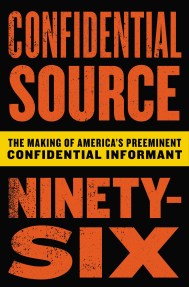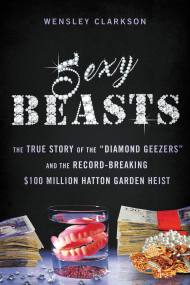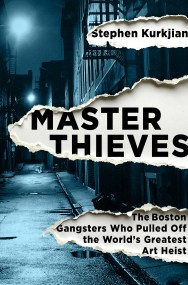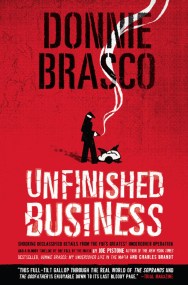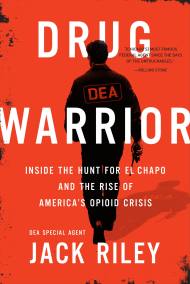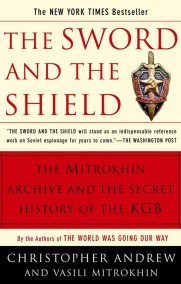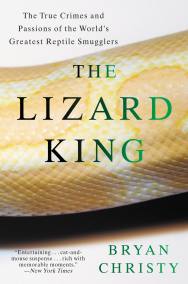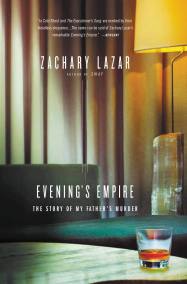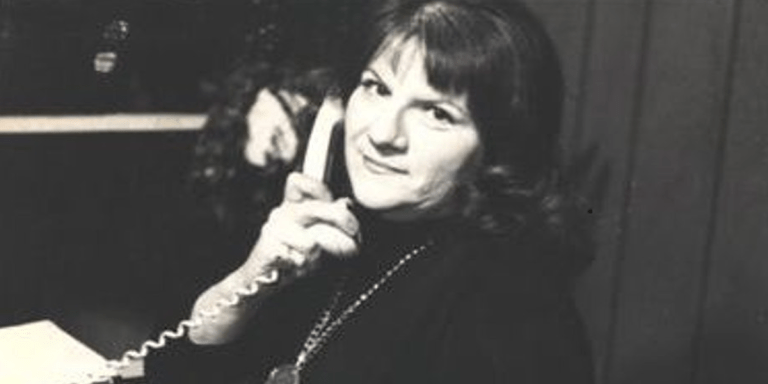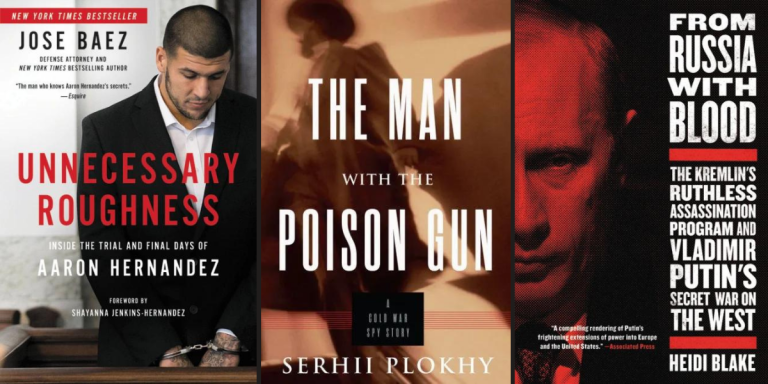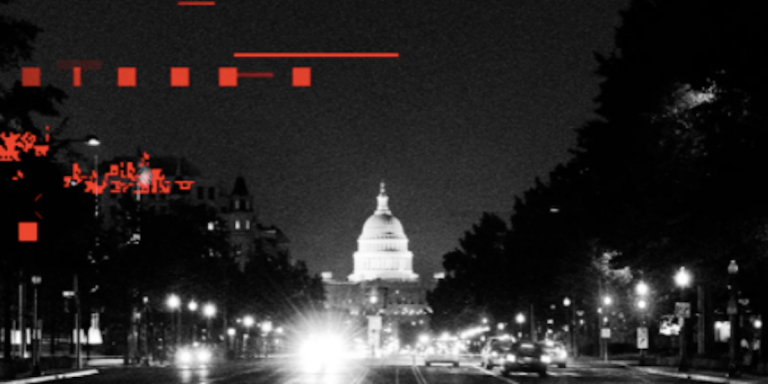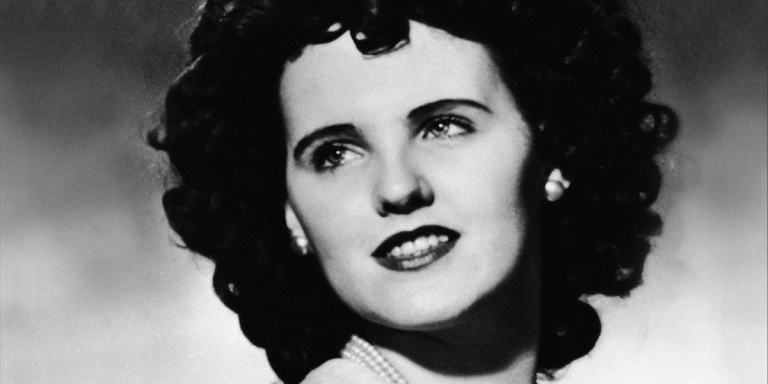True Tales of Crime, Cover-Ups, and Hidden Histories
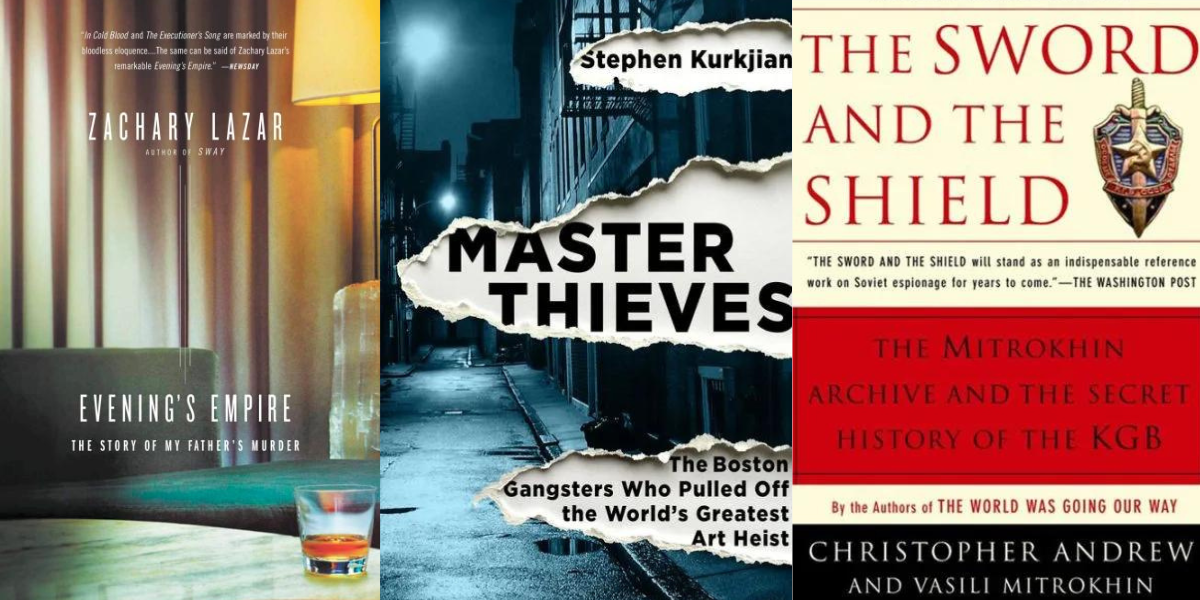 Uncover heart-pounding horrors in these terrifying true stories.
Uncover heart-pounding horrors in these terrifying true stories.
The men he put behind bars know him as Roman Caribe or one of the dozens of other aliases he has used undercover. His handlers in the DEA, ICE, and FBI know him as Confidential Source Ninety-Six, or C.S. 96, named for the year he confronted the sins of his life atop a massive drug distribution ring and flipped, becoming law enforcement’s secret weapon.
In Confidential Source Ninety-Six, Caribe tells the extraordinary story of his transformation into America’s most successful informant in terms of total narcotics seized–from the years of trafficking cocaine and marijuana across the U.S. for a terrifying drug lord, eventually becoming that man’s number two, to his decision to defect and trade sides. In his first mission, Caribe set his sights on his onetime boss’s brutal operation. In his next, he broke all protocol and made a daring foray into the notorious Fuentes Cartel, where he took down a family that was smuggling tons of drugs across the U.S.-Mexico border.
As Caribe launched his career as a confidential source, finding his faith and seeking to finally do right by his stoic wife, Inez, and his four children, his marriage became stressed in new ways, the risks to his family unimaginable if he made a single mistake on the job. He found himself looking over his shoulder every day, knowing that with each drug ring or kingpin he destroyed, he made another dangerous enemy. For as long as he continued the high stakes work, he would survive on the cunning of his tradecraft and his ability to improvise in the most terrifying circumstances.
Unfolding in Southern California mansions, makeshift DEA trailers deep in the redwood forest, drug fronts in Spanish Harlem, fast-food parking lots where kilograms of cocaine and heroin change hands, and around the dinner table where Caribe began mentoring at-risk youth to help them avoid the mistakes he made, Confidential Source Ninety-Six is the epic saga of one man’s quest to redeem himself and a thrilling look at the law enforcement battle that rages in the shadows of our nation.
The Hatton Garden Heist captured the British public’s imagination more than another other crime since The Great Train Robbery. It was supposed to make a fortune for a team of old time professional criminals. Their last hurrah. A final lucrative job that would send the old codgers off on happy retirements to the badlands of Spain and beyond. It seemed to be the stuff of legends. Tens of millions of dollars worth of valuables grabbed from safety deposit boxes in a vault beneath one of the most famous jewelry districts in the world.
But where did it all go wrong for this band of old time villains? And how did the gang’s bid to pull off the world’s biggest burglary turn into a deadly game of cat and mouse featuring the police and London’s most dangerous crime lords?
Nobody is better placed to reveal the full story of the Hatton Garden Heist than Britain’s best-connected true crime writer, Wensley Clarkson. Through his unparalleled contacts inside the criminal underworld, he’s finally able to reveal the astonishing details behind Britain’s biggest ever burglary.
In a secret meeting in 1981, a low-level Boston thief gave career gangster Ralph Rossetti the tip of a lifetime: the Isabella Stewart Gardner Museum was a big score waiting to happen. Though its collections included priceless artworks by Rembrandt, Vermeer, Degas, and others, its security was cheap, mismanaged, and out of date. And now, it seemed, the whole Boston criminal underworld knew it.
Nearly a decade passed before the Museum was finally hit. But when it finally happened, the theft quickly became one of the most infamous art heists in history: thirteen works of art valued at up to 500 million, by some of the most famous artists in the world, were taken. The Boston FBI took control of the investigation, but twenty-five years later the case is still unsolved and the artwork is still missing.
Stephen Kurkjian, one of the top investigative reporters in the country, has been working this case for over nearly twenty years. In Master Thieves, he sheds new light on some of the Gardner’s most abiding mysteries. Why would someone steal these paintings, only to leave them hidden for twenty-five years? And why, if one of the top crime bosses in the city knew about this score in 1981, did the theft happen in 1990? What happened in those intervening years? And what might all this have to do with Boston’s notorious gang wars of the 1980s?
Kurkjian’s reporting is already responsible for some of the biggest breaks in this story, including a meticulous reconstruction of what happened at the Museum that fateful night. Now Master Thieves will reveal the identities of those he believes plotted the heist, the motive for the crime, and the details that the FBI has refused to discuss. Taking you on a journey deep into the gangs of Boston, Kurkjian emerges with the most complete and compelling version of this story ever told.
Posing as jewel thief “Donnie Brasco,” Pistone spent the next six years undercover in the Family, witnessing-and sometimes participating in-the Mafia’s gruesome activities while gathering enough evidence to send over 200 gangsters to jail. Pistone told his story in the 1988 book Donnie Brasco: My Undercover Life in the Mafia-a New York Times bestseller and later a feature film starring Johnny Depp and Al Pacino. But because of pending trials at the time of publication, many details of the alleged crimes were held back. Now, in Donnie Brasco: Unfinished Business, Pistone for the first time reveals with great detail the horrific deeds of wiseguys Tony Mirra, “Lefty” Ruggiero, Sonny Black, and the rest of the cold-blooded Bonanno crew. Pistone puts the operation into historical perspective, detailing the timeline of Mafia trials that crippled the New York City crime family over the past 25 years. He also recounts his experiences after the operation, his time on the Hollywood set with Pacino and Depp, and other undercover operations through present-day.
Jack Riley, grandson of a Chicago cop known for using his fists, was born to be a drug warrior. Joaquín “El Chapo” Guzmán Loera, who farmed marijuana and opium poppies as a teenager in Mexico, was born to be a drug lord. Their worlds collided when Riley, a career special agent with the Drug Enforcement Administration, was promoted to lead the fight against Chapo on the border at El Paso.
Drug Warrior is the story of Riley’s decades-long hunt for the world’s most wanted drug lord, set against the rise of modern international drug trafficking, and America’s spiraling opioid epidemic. Jack Riley started his career as an undercover street agent in Chicago busting small-time dealers. By the time he worked his way up to second in command of the DEA-a post few field agents ever reach-he had overseen every major mission to capture foreign drug kingpins since the 1990s, and had witnessed first-hand how El Chapo changed the game. As brilliant as he was lethal, Chapo not only decimated his competition, he foresaw Americans’ dependence on opioids and heroin, and manipulated supply to increase demand. Riley’s story culminates as he and the DEA win their greatest victory-the capture and extradition of his long-time nemesis-and Chapo faces his darkest fear: U.S. justice.
The Sword and the Shield is based on one of the most extraordinary intelligence coups of recent times: a secret archive of top-level KGB documents smuggled out of the Soviet Union which the FBI has described, after close examination, as the “most complete and extensive intelligence ever received from any source.” Its presence in the West represents a catastrophic hemorrhage of the KGB’s secrets and reveals for the first time the full extent of its worldwide network. Vasili Mitrokhin, a secret dissident who worked in the KGB archive, smuggled out copies of its most highly classified files every day for twelve years. In 1992, a U.S. ally succeeded in exfiltrating the KGB officer and his entire archive out of Moscow. The archive covers the entire period from the Bolshevik Revolution to the 1980s and includes revelations concerning almost every country in the world. But the KGB’s main target, of course, was the United States. Though there is top-secret material on almost every country in the world, the United States is at the top of the list. As well as containing many fascinating revelations, this is a major contribution to the secret history of the twentieth century. Among the topics and revelations explored are: The KGB’s covert operations in the United States and throughout the West, some of which remain dangerous today. KGB files on Oswald and the JFK assassination that Boris Yeltsin almost certainly has no intention of showing President Clinton. The KGB’s attempts to discredit civil rights leader in the 1960s, including its infiltration of the inner circle of a key leader. The KGB’s use of radio intercept posts in New York and Washington, D.C., in the 1970s to intercept high-level U.S. government communications. The KGB’s attempts to steal technological secrets from major U.S. aerospace and technology corporations. KGB covert operations against former President Ronald Reagan, which began five years before he became president. KGB spies who successfully posed as U.S. citizens under a series of ingenious disguises, including several who attained access to the upper echelons of New York society.
When Bryan Christy began to investigate the world of reptile smuggling, he had no idea what he would be in for. In the course of his research, he was bitten between the eyes by a blood python, chased by a mother alligator, and sprayed by a bird-eating tarantula. But perhaps more dangerous was coming face to face with Michael J. Van Nostrand, owner of Strictly Reptiles, a thriving family business in Hollywood, Florida. Van Nostrand imports as many as 300,000 iguanas each year (over half the total of America’s most popular imported reptile), as well as hundreds of thousands of snakes, lizards, frogs, spiders, and scorpions.
Van Nostrand was suspected of being a reptile smuggler by Special Agent Chip Bepler of the U.S. Fish and Wildlife Service, who devoted years of his life in an obsessive quest to expose The Lizard King’s cold-blooded crimes. How this cat-and-mouse game ended is engrossing and surprising.
When he was just six years old, Zachary Lazar’s father, Edward, was shot dead by hit men in a Phoenix, Arizona parking garage. The year was 1975, a time when, according to the Arizona Republic, “land-fraud artists roamed the state in sharp suits, gouging money from buyers and investors.” How did his father fit into this world and how could his son ever truly understand the man, his time and place, and his motivations?
In Evening’s Empire, Zachary Lazar, whose novel Sway was named one of the Best Books of 2008 by Rolling Stone, Los Angeles Times, and other publications, brilliantly attempts to reconstruct the sequence of events that led to his father’s murder.
How did Ed Lazar, a fun-loving but meticulous accountant, become involved in a multi-million dollar real-estate scandal involving politicians and Mafia figures? How much did he know about his colleagues’ illegal activities? Why had he chosen to testify against his former business partner, Ned Warren, Sr.? Warren was “a mystery man,” according to 60 Minutes, widely known as “the Godfather of land fraud.”
The day before Ed Lazar was scheduled to appear in front of a grand jury he was killed in a “gangland-style murder,” as reported by Walter Cronkite on the CBS Evening News. Four hundred mourners attended a memorial service for him the next day. Evening’s Empire is based on archival research and interviews—introducing a cast of characters as various as Senator Barry Goldwater and Cesar Romero—and is clarified by scenes imagined in the context of this evidence. It is a singular and haunting story of American ambition and its tragic cost.
By clicking 'Sign Up,' I acknowledge that I have read and agree to Hachette Book Group’s Privacy Policy and Terms of Use
